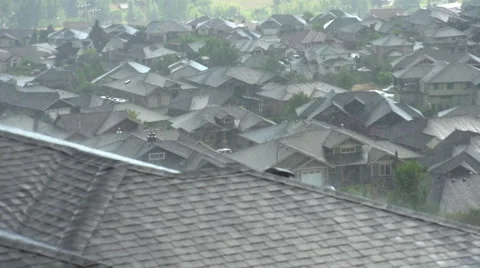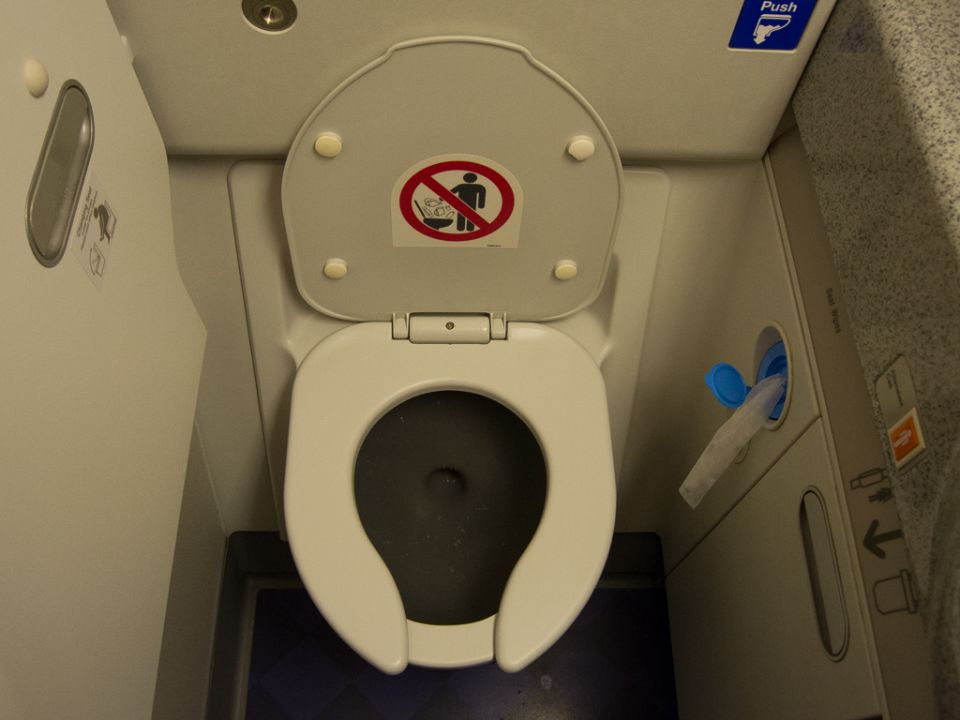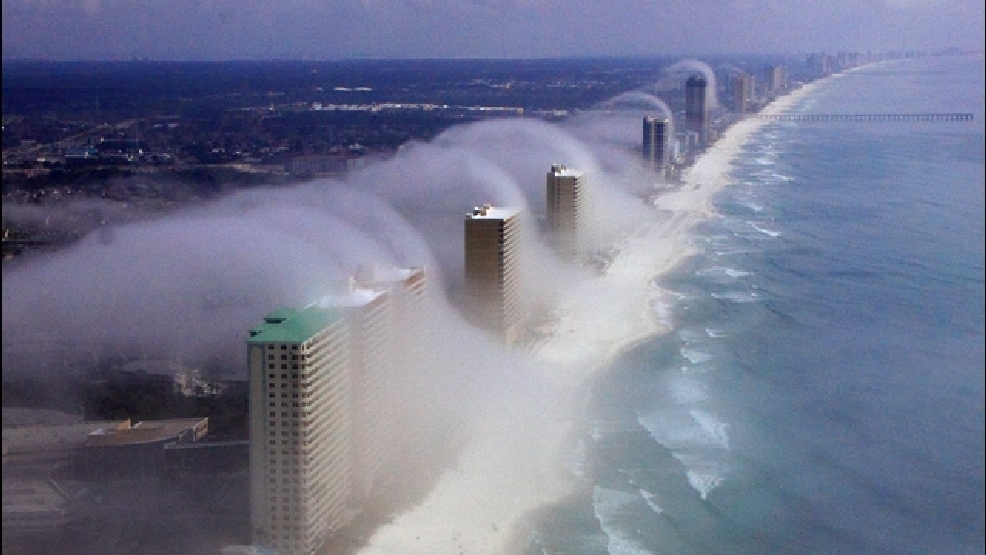It has always been a puzzle to me where Britain – England especially – gets its constant and reliable supply of tap water from, since it has no big mountains or great rivers or large lakes.
“The water crisis is as critical as the climate crisis and Britain is lagging behind when it comes to renewable water resources. The UK had one of the lowest levels of renewable water resources and was easily the most expensive of 7 countries compared in this TABLE It also had considerably higher levels of water consumption and leakage.”


WHY NOT JUST ONE BIG ROOF..?
What if, instead of thousands of small roofs, one big roof were to collect all our water..?

Enormous resources are spent building dams and reservoirs far away from where the water is needed and then more money has to be spent on “treatment” plants before delivering the water through a complex network of water mains and pumping stations and domestic pipework.

[stextbox id=’info’ caption=’What about the risk of contamination..?’]The risk and degree of contamination is much reduced if the collection point and storage area is ONSITE and as close as possible to the consumer. And why waste so much valuable drinking quality water flushing loos, for showers and baths, watering the plants, or even for cooking purposes..? We only need drinking quality water for, well, drinking..!

WATER CONSERVATION & RE-CYCLING
It’s a crime against commonsense that vast quantities of purified drinking-quality water are flushed down loos, baths, showers, and kitchen sinks, etc – and not re-cycled and re-used..! “Grey” water from showers, baths, sinks, washing machines, etc, is relatively easy to “clean-up”. Even the “brown water” from toilets, can be re-cycled. The flush toilet is probably the biggest single domestic source of waste water, despite water-saving “dual-flush” systems. The process and practicalities of re-cycling used water is quite complex but…
Water Re-cycling would be much simpler and more economical in OA-Cities.

HARVESTING SEA MIST
Oasis Cities could act as giant “Atmospheric Water Generators” (AWG)
[stextbox id=’info’ caption=’Potential of Sea Mists’] OA-Cities located on barren coasts – such as those north of Cape Town, or Perth in Western Australia – could exploit sea mists, thus potentially “greening” coastal deserts. Although the picture below was taken on the gulf coast of Florida, a warm and wet area, a similar phenomenon occurs where there are cold sea currents along very arid coastlines such as Namaqualand, Namibia, or the Atacama Desert of Chile and Peru. Heat wafting up from the barren coast sucks moisture-laden air, brought in by prevailing onshore winds, high up and carries it far inland. However, if a steep hill or tall buildings are next to the coast, clouds can form right at the shoreline.



